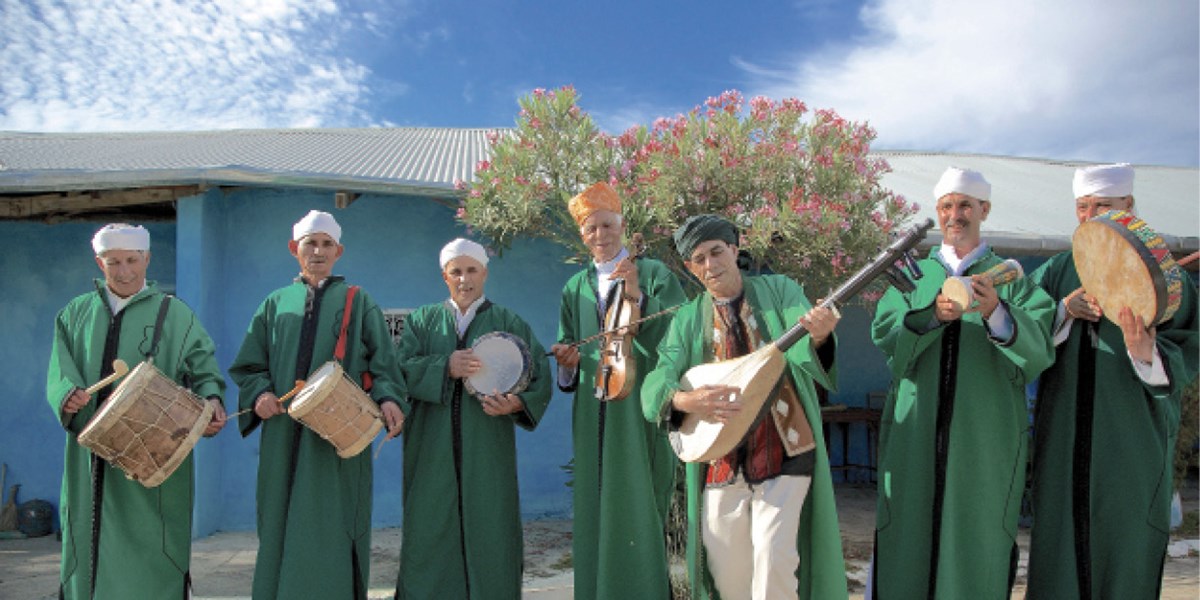Tuesday, February 20, 2018
Master Musicians of Jajouka: A Beginner's Guide
By Tim Cumming
Tim Cumming delves into the history and mystical appeal of the Moroccan musicians from Jajouka

Photo: Cherie Nutting

Register now to continue reading

Thanks for visiting the Songlines website, your guide to an extraordinary world of music and culture. Sign up for a free account now to enjoy:
- Free access to 2 subscriber-only articles and album reviews every month
- Unlimited access to our news and awards pages
- Our regular email newsletters

